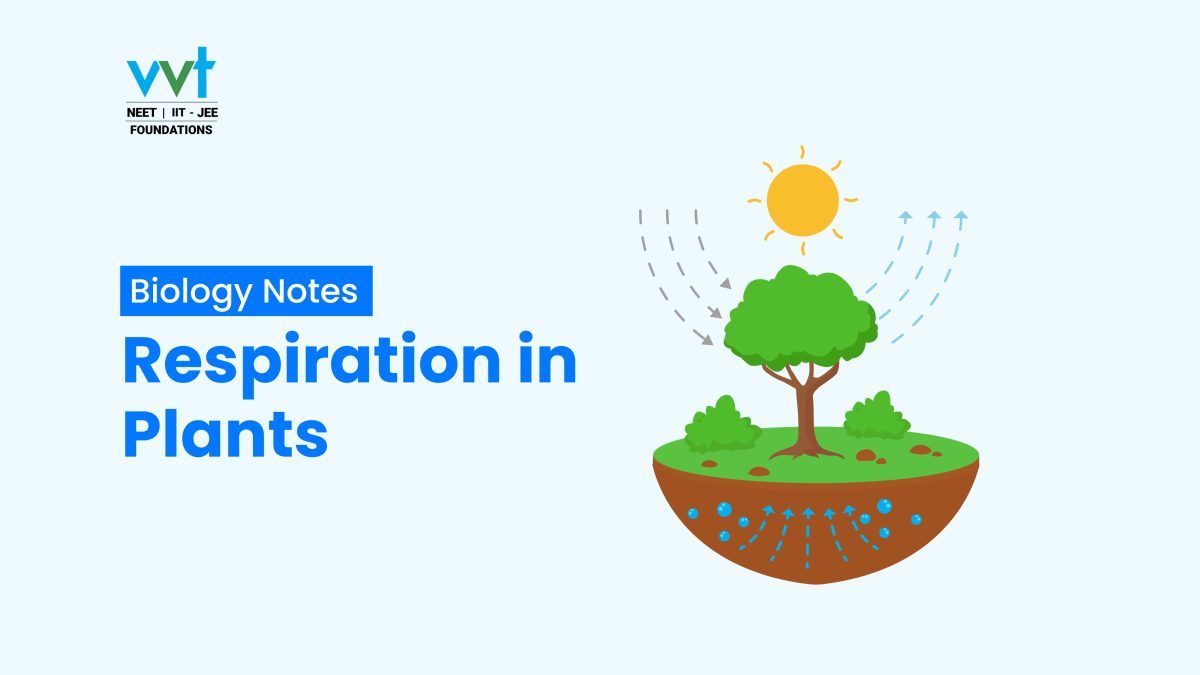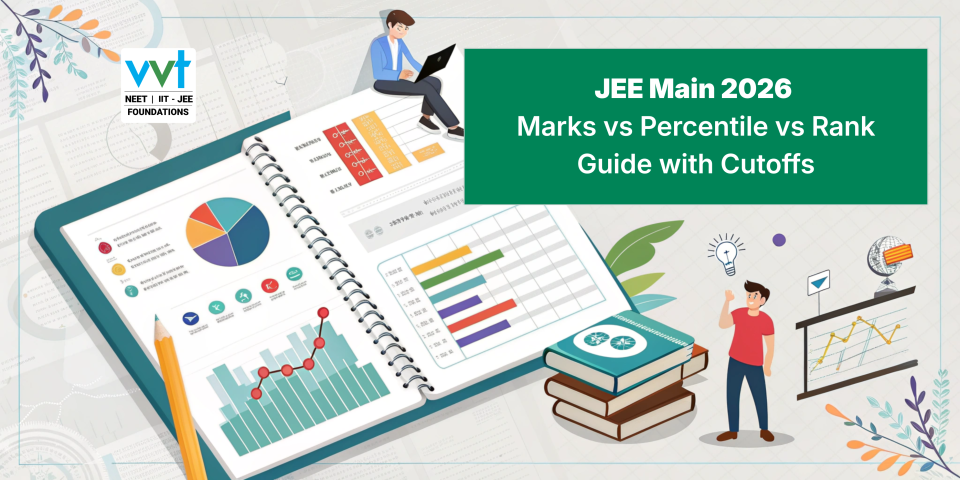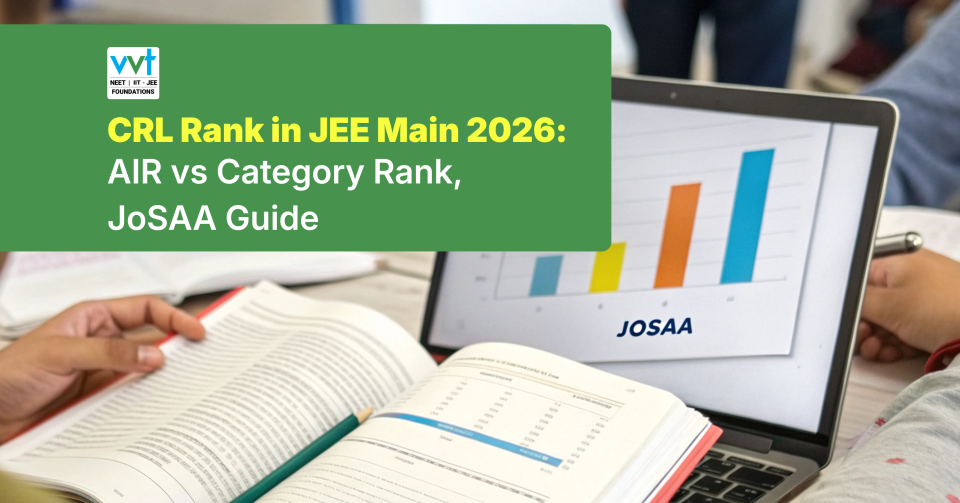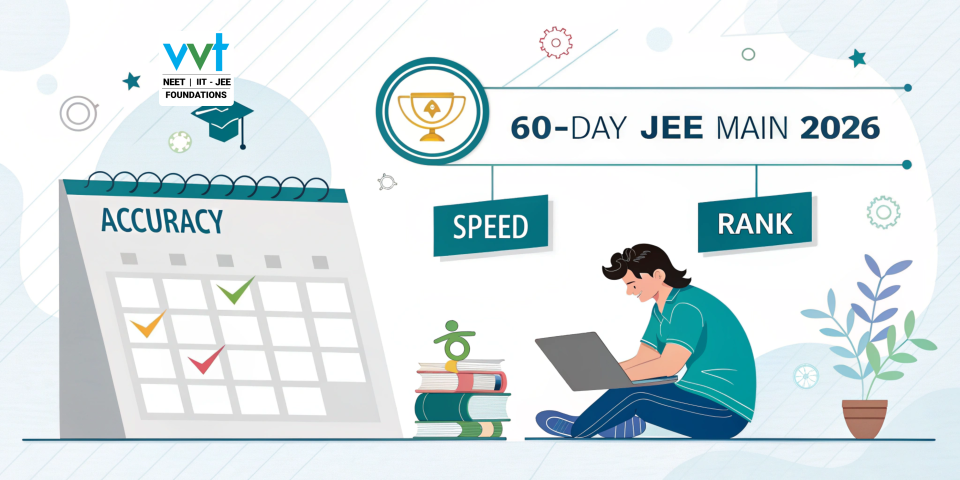
JEE Main 2025 Marks Vs Rank: Calculate Your Rank Using Marks & Understand Cutoff Trends
April 15, 2025
Tips and Strategies for Mastering Numerical Problems in NEET Physics | VVT Coaching
April 17, 2025Respiration in Plants – NEET 2025 Notes | VVT Coaching
VVT Coaching Chennai – Ranked #1 Best NEET Coaching Centre by Times Now!
Have you ever wondered how plants generate the energy they need to grow and thrive? Respiration is the answer—a vital process where plants convert glucose into usable energy. In this article, we’ll explore every aspect of plant respiration in a simple, student-friendly way.
Whether you’re revising for your exams or diving into this topic for the first time, VVT Coaching is here to help you succeed with clear explanations, helpful tables, and FAQs tailored to your needs.
What is Respiration?
Respiration is the biochemical process that allows plants (and all living organisms) to break down glucose and release energy. This energy is stored as ATP (adenosine triphosphate), often called the “energy currency” of cells, powering everything from growth to nutrient uptake. Don’t confuse respiration with breathing—breathing is the physical act animals use to take in oxygen, while respiration happens at the cellular level.
There are two types of respiration:
- Aerobic Respiration: Uses oxygen to produce up to 38 ATP molecules per glucose. This is the main type in plants.
- Anaerobic Respiration: Happens without oxygen, yielding only 2 ATP. Plants use this in emergencies, like flooded roots.
Understanding this distinction is key for NEET biology, and VVT Coaching makes it easy to grasp!
Respiration in Plants
Unlike animals, plants don’t have lungs or gills. So, how do they respire? Plants exchange gases through tiny structures:
- Stomata: Found on leaves, these openings let oxygen in and carbon dioxide out.
- Lenticels: Small pores on stems and roots that aid gas exchange.
However, the real magic of respiration happens inside plant cells, particularly in the mitochondria and cytoplasm. Different parts of the plant respire at different rates:
- Leaves: High respiration due to their active role in photosynthesis.
- Stems: Moderate respiration to support structure and transport.
- Roots: Respire to fuel nutrient absorption, sometimes anaerobically in low-oxygen soils.
With VVT Coaching, you’ll see how every part of the plant contributes to this essential process.
Process of Respiration
Let’s break down the respiration process in plants into three clear stages. Don’t worry—we’ll keep it simple and relatable for NEET prep!
1. Glycolysis
- Where: Cytoplasm
- What Happens: One glucose molecule (6 carbons) splits into two pyruvate molecules (3 carbons each).
- Output: 2 ATP and 2 NADH (electron carriers).
Think of glycolysis as the first step in unlocking energy—it’s like cracking open a treasure chest!
2. Krebs Cycle (Citric Acid Cycle)
- Where: Mitochondria
- What Happens: Each pyruvate turns into acetyl CoA, entering the cycle. For one glucose, it runs twice.
- Output: 2 ATP, 6 NADH, and 2 FADH₂ (another electron carrier).
This stage is like a factory, churning out energy carriers for the next step.
3. Electron Transport Chain (ETC)
- Where: Mitochondria
- What Happens: NADH and FADH₂ donate electrons, driving ATP production via oxidative phosphorylation.
- Output: 34 ATP and water.
The ETC is the powerhouse, producing the bulk of ATP—up to 38 total from one glucose molecule! (Though in plants, the yield might be slightly less due to other cellular needs.)
Factors Affecting Respiration
Several factors can speed up or slow down plant respiration. Here’s what you need to know:
- Temperature
- Respiration rises with temperature (optimal at 35-40°C for most plants), but too much heat damages enzymes, slowing it down.
- Oxygen Concentration
- More oxygen boosts aerobic respiration; low oxygen forces anaerobic respiration.
- Water Availability
- Water keeps enzymes active. Dehydration stalls respiration.
- Light
- Light doesn’t directly affect respiration but boosts it indirectly by fueling photosynthesis, which provides glucose.
These factors are real-world examples of how plants adapt, and VVT Coaching helps you connect theory to practice.
Importance of Respiration in Plants
Why does respiration matter? It’s the engine of plant life! It:
- Supplies ATP for growth and cell division.
- Powers nutrient and mineral uptake.
- Supports the synthesis of proteins and other molecules.
- Maintains cellular health and balance.
Without respiration, plants couldn’t survive—making it a must-know topic for NEET 2025. VVT Coaching ensures you understand its significance.
Download our free ‘RESPIRATION IN PLANTS’
Weightage of Respiration in Plants NEET Notes – Last 5 Years
The table below shows the Respiration in Plants’s weightage based on the NEET exams from 2020 to 2024:
| Weightage Following Previous Year’s Trends (2020-2024) | ||||||
| Chapter | Easy | Medium | Hard | Total | Average Q/yr | Weightage |
| Respiration in Plants | 3 | 3 | 2 | 8 | 1.60 | 3.11% |
| NEET Chapter Wise Weightage 2025 for Biology | |
| Topics | Weightage (%) |
| Respiration in Plants | 4% |
Conclusion
In conclusion, respiration in plants is a fascinating and essential process that powers their survival—and your NEET 2025 success!
From glycolysis to the electron transport chain, we’ve covered it all in a way that’s easy to understand and remember. With VVT Coaching’s detailed notes, tables, and FAQs, you’re equipped to tackle this topic with confidence. Keep practicing, and for more expert resources to boost your biology prep, trust VVT Coaching to guide you every step of the way. Good luck, future doctors!
Also read:
- Photosynthesis in Higher Plants for NEET
- NEET Coordination Compounds
- Mastering Organic Chemistry for NEET
Frequently Asked Questions (FAQs)
- Do plants breathe like animals?
- No, plants don’t have lungs. They exchange gases via stomata and lenticels, but respiration happens in cells.
- What’s the difference between aerobic and anaerobic respiration?
- Aerobic uses oxygen and yields 38 ATP; anaerobic skips oxygen and gives just 2 ATP.
- How does respiration occur in roots?
- Roots absorb oxygen from soil air spaces for aerobic respiration. In floods, they switch to anaerobic.
- Why is respiration important for plants?
- It provides energy for growth, reproduction, and survival.
- Does respiration happen at night?
- Yes! Respiration runs day and night, unlike photosynthesis, which needs light.











